TLDR Orange spots in scalp trichoscopy can help diagnose scalp sarcoidosis.
The study reviewed clinical, dermoscopic, and histopathological features of scalp sarcoidosis in two Caucasian female patients, aged 22 and 60, who presented with folliculitis-like lesions and patchy alopecia. Dermoscopy revealed decreased hair density and distinctive orange discoloration patterns, with perifollicular and follicular yellowish to pale orange spots in one case and diffuse orange discoloration with telangiectasia in the other. These orange spots observed during trichoscopy were suggested as a diagnostic clue for scalp sarcoidosis, while the presence of dystrophic hairs indicated granulomatous activity.
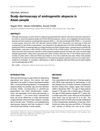 67 citations
,
February 2009 in “Journal of Dermatology”
67 citations
,
February 2009 in “Journal of Dermatology”  44 citations
,
August 2008 in “Archives of Dermatology”
44 citations
,
August 2008 in “Archives of Dermatology” Trichoscopy is a non-invasive way to diagnose hair and scalp problems without needing hair samples.
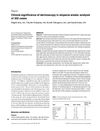 196 citations
,
June 2008 in “International Journal of Dermatology”
196 citations
,
June 2008 in “International Journal of Dermatology” Dermoscopy helps diagnose and manage alopecia areata by showing specific hair changes.
 42 citations
,
January 2008 in “Dermatology”
42 citations
,
January 2008 in “Dermatology” Dermoscopy effectively distinguishes between acute total hair loss and other types of female hair loss.
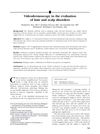 304 citations
,
July 2006 in “Journal of The American Academy of Dermatology”
304 citations
,
July 2006 in “Journal of The American Academy of Dermatology” Videodermoscopy improves diagnosis of hair and scalp disorders and may reduce scalp biopsies.
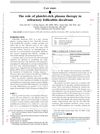 5 citations
,
June 2021 in “JAAD Case Reports”
5 citations
,
June 2021 in “JAAD Case Reports” Platelet-rich plasma therapy may help treat folliculitis decalvans but benefits might not last without ongoing treatment.
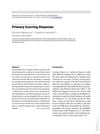 27 citations
,
January 2015 in “Current problems in dermatology”
27 citations
,
January 2015 in “Current problems in dermatology” The document concludes that primary scarring alopecias cause permanent hair loss, have unpredictable outcomes, and lack definitive treatments, requiring personalized care.






